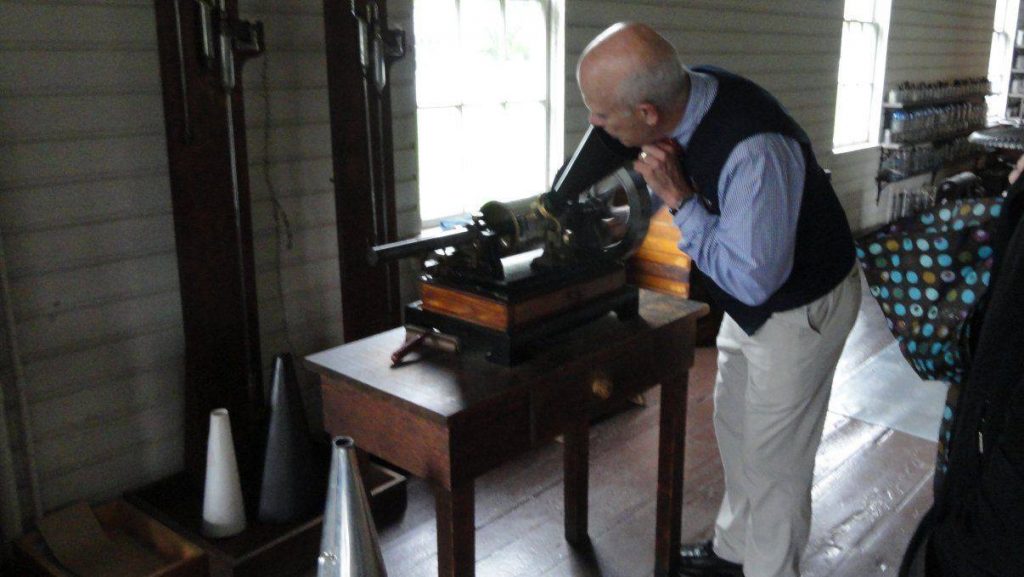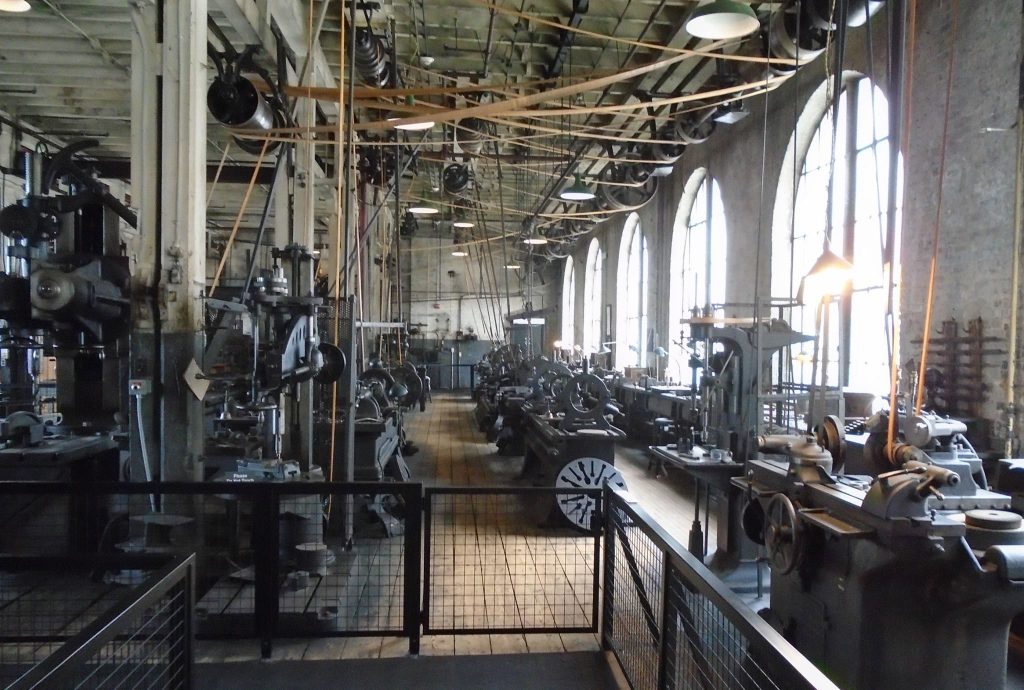We went to West Orange, NJ to look into innovation and Thomas Edison. Edison invented a practical light bulb, the phonograph & the motion picture camera. At least that is what I learned in school. Since then, I have come to understand that invention or discovery are rarely that simple. No one individual is responsible. Rather, many factors come together that enable the leap.
Progress comes as punctuated equilibrium. We certainly credit Edison with amazing creativity, but he sprung from the same fertile soil that produced the Wright brothers, Henry Ford, Harvey Firestone & George Westinghouse among many others. We call them inventors, but maybe a better term is innovators, since they bring together lots of ideas and people and put them together in different ways. That is where the “fertile soil” comes in. When you get a bunch of innovators together, they innovate as the ideas bounce around, mutate, evolve and improve. That is why giving credit to a single inventor is so hard.
All that aside, Edison was a great inventor and a great innovator as an individual. If he depended on the ecology of innovation, he was a big part of that ecological system. He understood this better than most. He knew great innovations often come in a flash of innovation … followed by years of hard work to make them practical. Edison was practical. He organized a team for innovation. He invented a system for invention just as Henry Ford invented a process for mass production. You could say that those ideas were “out there” but it took someone to make them work.
Historians today mostly reject and even disparage the “great man theory” and they are right to do so. For some of the reasons I mentioned above, the great man theory does not work to explain history. However, the “shit happens” theory is also unsatisfying. Innovation can happen only when conditions are ripe, but ripe conditions do not guarantee innovation and the innovators set the direction, the path of progress. To the extent that innovations are path dependent, after a few steps the great individuals have indeed made history different than it would otherwise have been. So the great man theory is not wrong, just incomplete. Edison was one of those great men who changed the direction of history.
Opportunity is missed by most people because it is dressed in overalls and looks like work.
My pictures show Edison’s factory in West Orange. Next is the workshop floor. Notice the belts. The machines did not have their own power, but rather ran off the mechanical power overhead transmitted by the belts. The third picture is Edison’s music room. He recorded music there, but lost market share because he refused to hire big names. He was more concerned with technical quality than with star quality. The last photo is an Edison phonograph. The picture is one I took a while back at the Henry Ford Museum. I will include a link to that trip in the comments section and say a little more about Edison in a new post.




